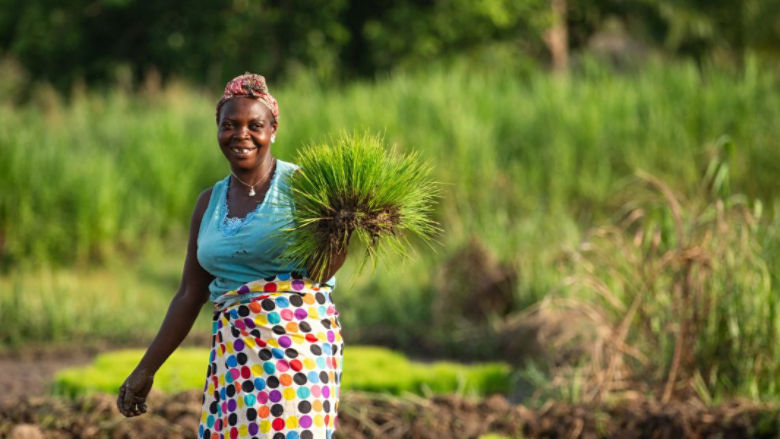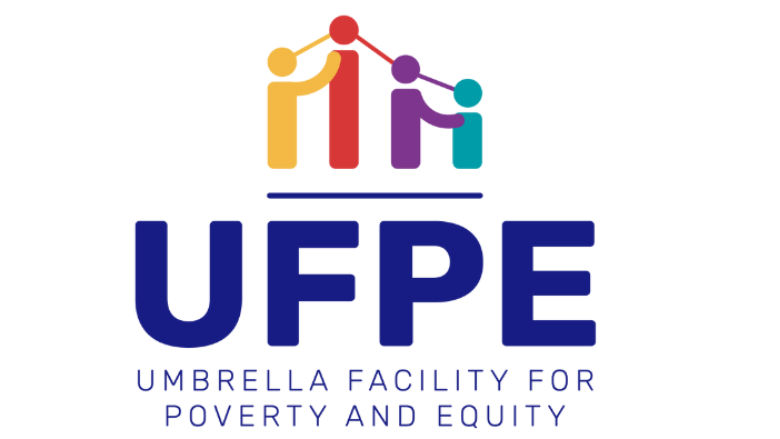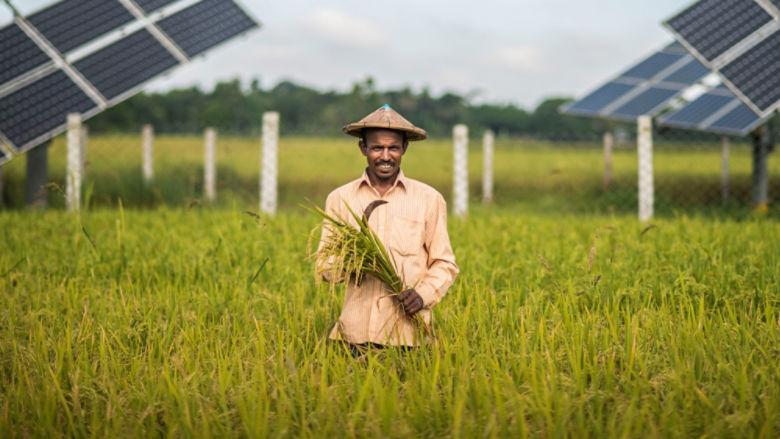Last Updated: Apr 07, 2025
Overview
Since 1990, more than 1 billion people have been lifted out of poverty. The decline in global extreme poverty was largely driven by robust economic growth in East Asia and Pacific and South Asia.
From around 2013, however, progress in reducing global poverty started to slow, on the back of sluggish economic growth. Today, one in ten people around the world still live in extreme poverty – deprived not only of an adequate income and livelihood, but also opportunity, dignity and hope.
Progress in recent years has been impeded by multiple, interconnected crises, including the scarring effects of the COVID-19 pandemic, slow economic growth, high indebtedness, conflict and fragility, and severe weather-related shocks. These overlapping crises have hit low-income countries the hardest.
Extreme poverty has become increasingly concentrated in Sub-Saharan Africa and places affected by conflict and fragility. Around half of the people in these countries lack electricity and sanitation.
The pandemic and other shocks exacerbated already-rising debt burdens in developing countries, with interest payments in the world’s poorest countries reaching an all-time high, diverting spending away from critical needs such as health, education, and basic infrastructure.
World Bank Group Response
We work with countries to achieve stronger, more inclusive economic growth that creates jobs and opportunities that can lift people out of poverty, while protecting the most vulnerable.
To guide policy decisions, we monitor and track progress toward the first Sustainable Development Goal: ending poverty in all its forms everywhere.
Our cutting-edge knowledge, data, and analysis are critical to helping countries identify impactful solutions to reduce poverty and improve people’s lives.
We support efforts to boost global coordination, which is essential to closing the financing gap for sustainable development and reigniting progress in the fight against poverty.





